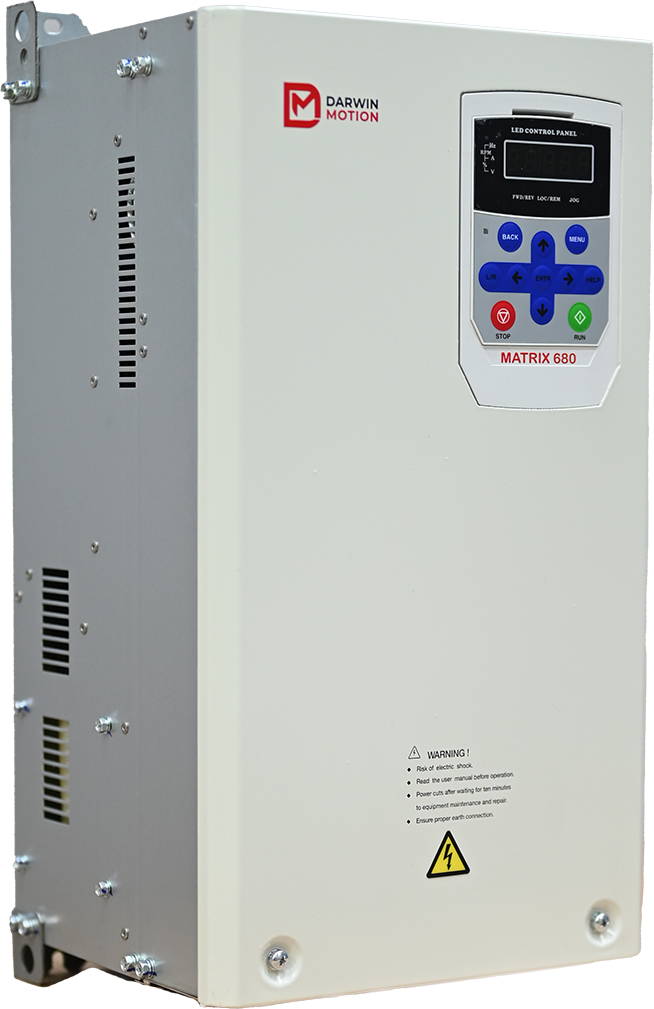Posted on 4th Jul 2024

Variable Frequency Drives (VFDs) play a critical role in controlling the speed of electric motors, offering flexibility and efficiency in various industrial applications. To ensure optimal performance and safety, it's essential to understand how VFDs are rated and the factors involved in their calculation.
The voltage rating of a Darwin Motion VFD refers to the maximum voltage that can be applied to the drive without risking damage. It typically matches the supply voltage of the motor system it controls. For instance, a VFD rated for 480 volts is suitable for motors designed to operate at that voltage.
Current rating, on the other hand, indicates the maximum current that the VFD can handle continuously without overheating. It's crucial to choose a VFD with a current rating sufficient to handle the motor's full-load current and any transient currents during operation.
The power rating of a VFD determines its capacity to control motors of different sizes. It is expressed in kilowatts (kW) or horsepower (HP). Matching the power rating of the VFD to the motor ensures efficient operation and prevents overloading or underutilization.
VFDs control motor speed by varying the frequency of the electrical supply. The frequency range indicates the minimum and maximum frequencies the VFD can generate. A wider frequency range offers greater flexibility in speed control and is suitable for applications requiring precise motor speed adjustments.
Environmental factors such as ambient temperature and humidity can affect the performance and lifespan of VFDs. Manufacturers specify the operating temperature range within which the VFD can safely operate. Adequate ventilation and cooling are crucial to maintain optimal performance and reliability.
VFDs should have adequate overload capacity to handle intermittent overload conditions without tripping or causing damage. Overload capacity is typically expressed as a percentage of the drive's rated current and should be considered based on the application's load characteristics.
Modern VFDs are designed with energy-saving features that optimize motor performance by matching motor speed to load requirements. Higher efficiency ratings indicate reduced energy consumption and operational costs, making them environmentally and economically advantageous.
Calculating the rating of a Variable Frequency Drive involves considering multiple factors such as voltage, current, power, frequency range, environmental conditions, overload capacity, and efficiency. Properly matching the VFD specifications to the motor's requirements ensures reliable operation, energy efficiency, and extended equipment lifespan. By understanding these rating calculations, industrial users can make informed decisions when selecting VFDs to meet their specific application needs.